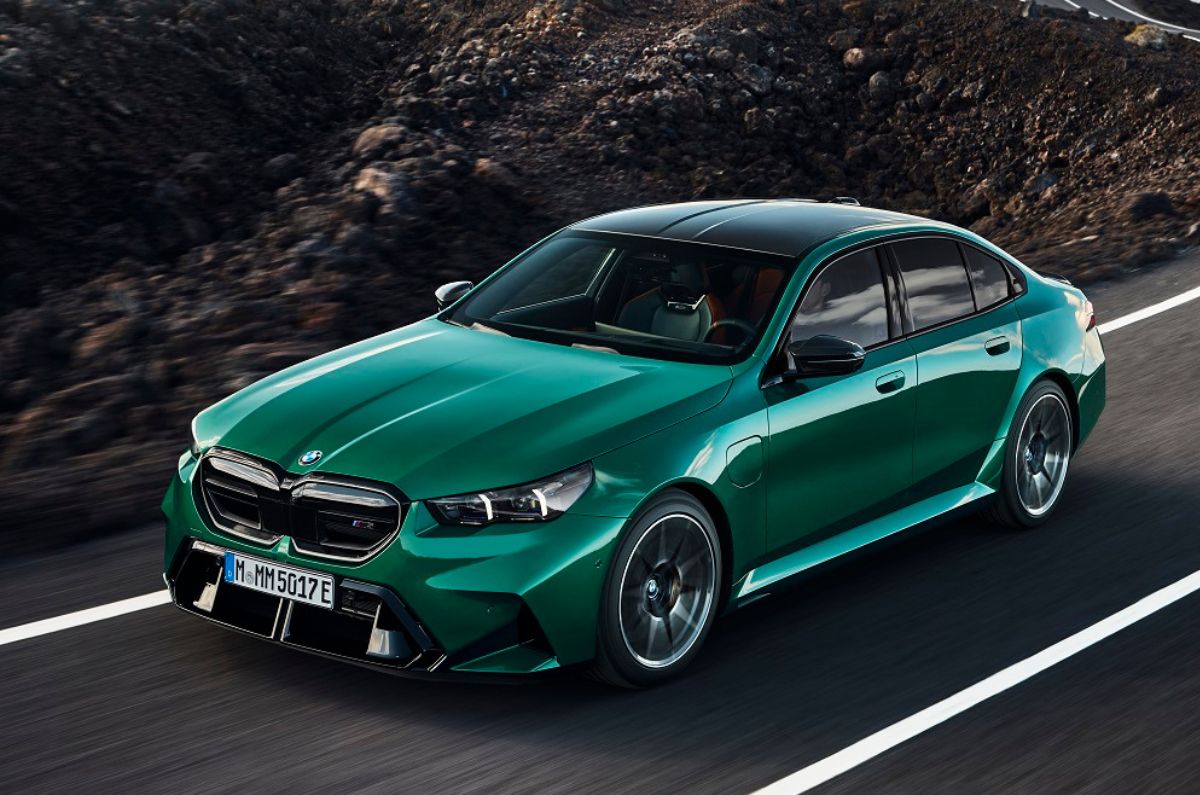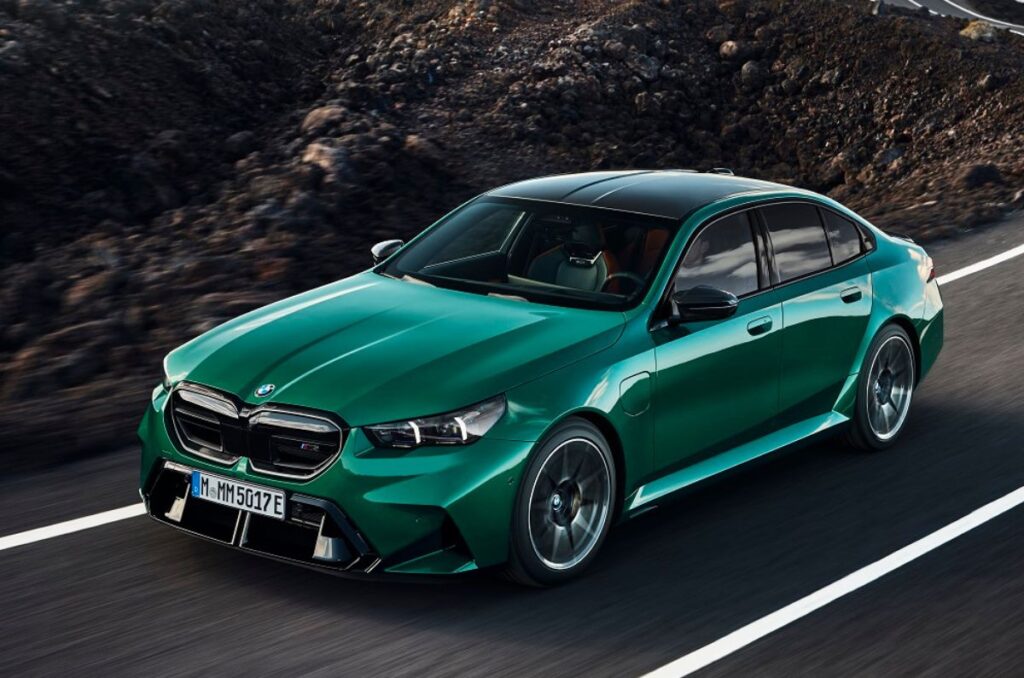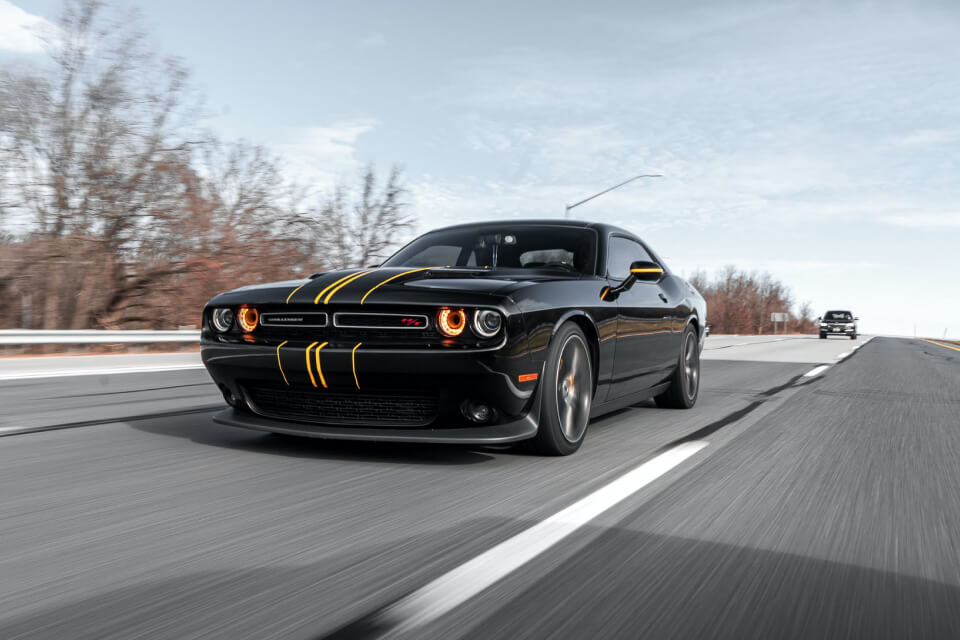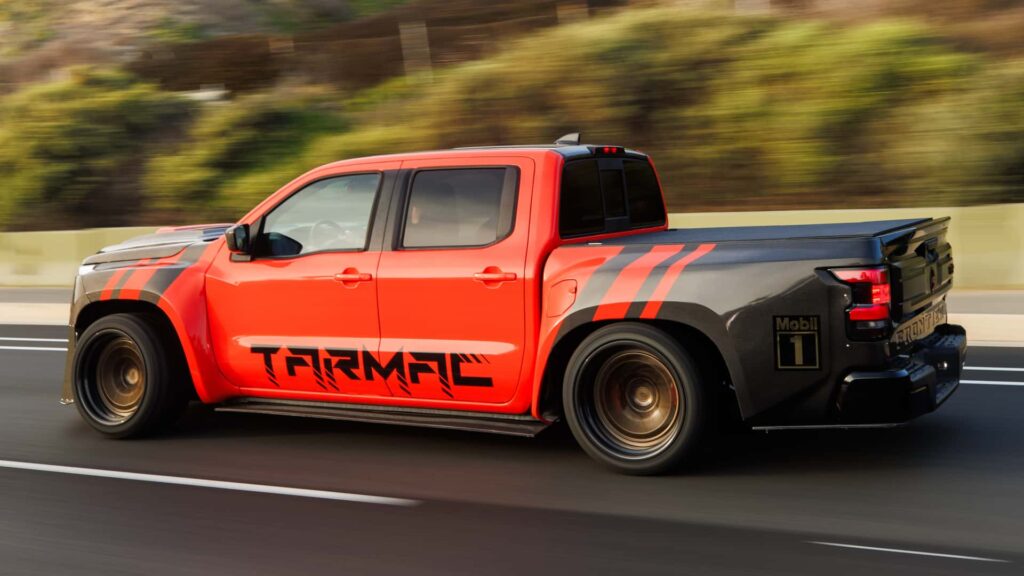
BMW has launched the all-new, seventh-generation M5 in India at a price of Rs 1.99 crore (ex-showroom, India), before options. The new BMW M5 uses a plug-in hybrid, V8 powertrain and is the most powerful iteration of the performance sedan yet. It, however, sees a significant mark up in price from the previous generation model which was launched for Rs 1.62 crore (ex-showroom) in India in 2021.
- New BMW M5 uses a 727hp, plug-in hybrid V8
- Gets adaptive suspension, rear wheel steering, carbon-fibre roof as standard
- Can also be driven in electric-only mode for 69km
The new M5 is just Rs 4 lakh more expensive than the recently launched Mercedes-AMG C 63 (Rs 1.95 crore) which uses a smaller 2.0-litre, four-cylinder plug-in hybrid engine. The BMW is also a lot more powerful and has greater electric-only range.
BMW M5 powertrain, specs
The new BMW M5 retains the 4.4-litre twin-turbo V8 engine, but now includes an electric motor in the eight-speed automatic transmission, akin to the BMW XM SUV. The engine produces 585hp and 750Nm, with an additional 199hp and 280Nm from the electric motor, resulting in a total system output of 727hp and 100Nm of torque. Power is distributed to all four wheels via BMW’s rear-biased xDrive all-wheel-drive system. It also comes fitted with adaptive suspension and rear wheel steering as standard.
The new M5 can sprint from 0-100kph in 3.5 seconds despite the added weight of the motor and battery, tipping the scales at around 2.5 tonnes—about 500kg heavier than its predecessor. The top speed is limited to 250kph as standard, but can be extended to 305kph with the optional M Driver’s Package. Its 18.6kWh battery pack enables an electric-only range of 69km as per the WLTP cycle. In this mode, the BMW M5 can hit speeds up to 140kph and supports AC charging up to 7.4kW.
The powertrain allows for three drive modes – Hybrid, Electric and eControl, the last of which allows brake energy recuperation to maintain battery charge at a constant level. As standard, the M5 gets M compound brakes, and carbon ceramics are optional.
BMW M5 exterior design
Compared to the regular 5-Series, the M5 looks a lot more aggressive thanks to sculpted bumpers and flared wheel arches. Also, unlike the regular sedan which comes in long wheelbase guise in India, the M5 uses a shorter wheelbase and has a much sportier stance.
Up front, the grille gets a gloss black surround with an ‘M5’ logo in the centre. The front bumper is sharply chiselled with larger air inlets at the edges and a more pronounced central air dam which is surrounded by more gloss black trim. The M5 gets redesigned front and rear wheel arches along with more pronounced sills; there also an embossed M5 logo on the rear quarter glass area.
At the rear, it gets a rear spoiler and a two-section diffuser with the quad exhausts finished in gloss black jutting out from below. The vertical reflectors positioned at the outer edges of the rear bumper further accentuates the width of the car. The M5 rides on staggered 20-inch front and 21-inch rear wheel and a carbon fibre roof is standard fitment. Customers can, however, also opt for a panoramic sunroof, although that adds 50kg of additional weight. The mirror caps also come finished in carbon fibre.
BMW M5 interior and features
Not much has changed on the inside though. If you’ve been inside the regular 5-Series, the interior will be familiar with the curved infotainment display screen. It, however, gets an flat-bottomed M-specific steering wheel, M-specific ambient lighting and M-spec seats with illuminated M5 logo. The centre console also features some revised switchgear, such as a revised gear lever and few additional buttons to better suit the needs of the performance sedan.
The feature list includes a 14.9-inch touchscreen and a 12.3-inch digital instrument cluster, a head-up display, four-zone automatic climate control, a Bowers & Wilkins Surround Sound System, a wireless charging tray, among others.
Also See:
New Jaguar logo and brand identity revealed ahead of EV unveil
Lotus to offers hybrids in future as EV demand falls


